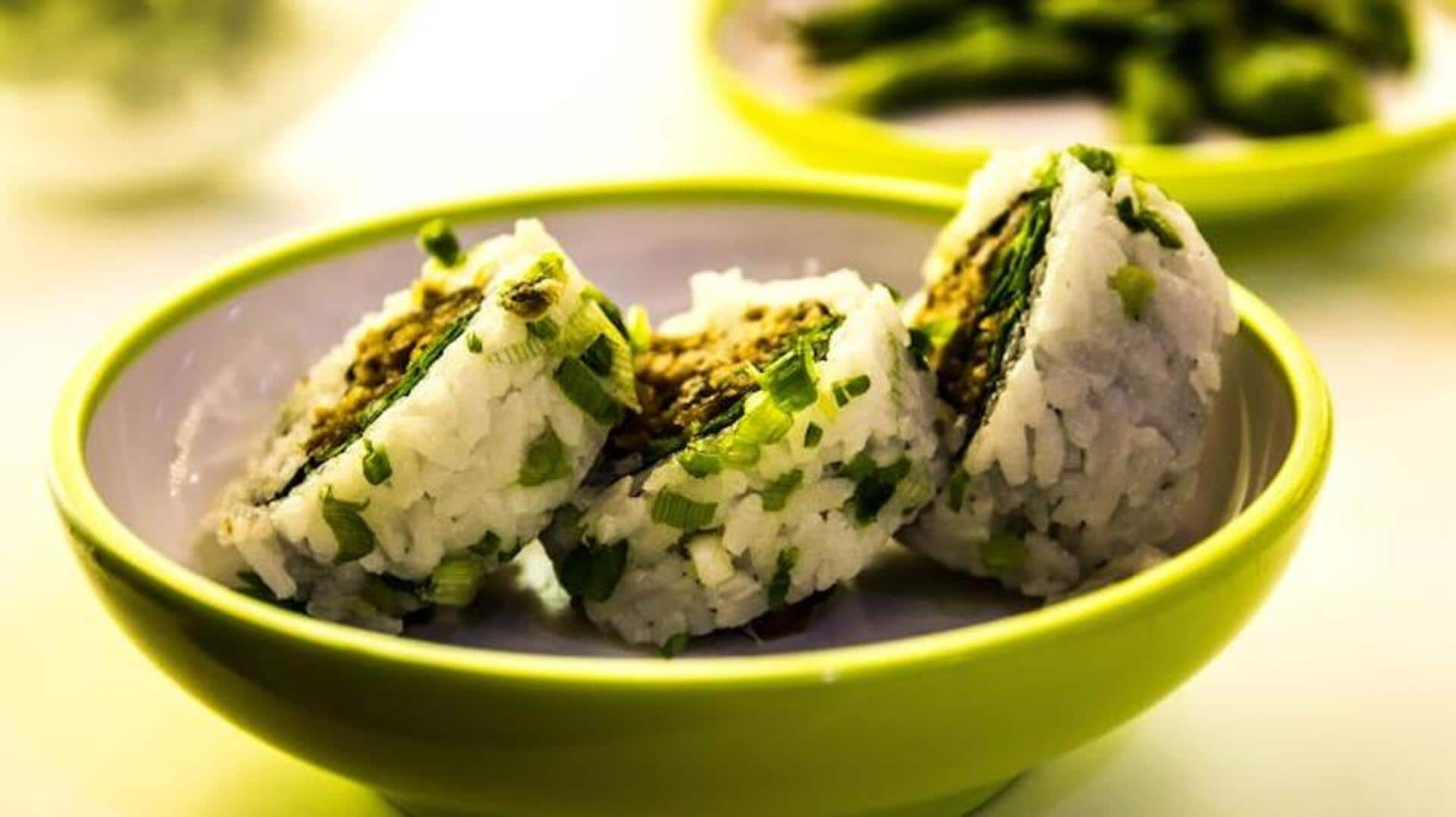
Make artful Japanese sushi rice balls in 4 simple steps
What's the story
Sushi, with its origins in ancient Japan, has evolved into a global favorite over centuries. Traditionally featuring seafood, we now explore a vegetarian and eggless variant - the Sushi Rice Balls. These delightful creations not only demonstrate sushi's versatility but also cater to a wider audience. Let's embark on this culinary journey and bring a piece of Japanese culinary art into our kitchens.
Ingredients list
Gather the following ingredients
To embark on this culinary adventure, you'll need two cups of sushi rice, three cups of water, half a cup of rice vinegar, two tablespoons of sugar, one teaspoon of salt, nori (seaweed sheets) cut into strips, and your choice of fillings such as sliced avocado, cucumber strips, and pickled vegetables. Ensure all ingredients are fresh for the best taste.
Step 1
Preparing the sushi rice
The foundation of any good sushi is its rice. Start by rinsing the sushi rice under cold water until clear. Then, combine the rice with three cups of water in a saucepan and bring to a boil. Lower the heat, cover, and simmer for 20 minutes or until the water is absorbed. Remove from heat and let it stand covered for 10 minutes.
Step 2
Seasoning the rice
As the rice cools, prepare the seasoning by mixing half a cup of rice vinegar, two tablespoons of sugar, and one teaspoon of salt in a bowl until dissolved. Then transfer the cooked rice into a large wooden or plastic bowl (to avoid vinegar reaction) and gently fold in the seasoning with a wooden spoon or spatula.
Step 3
Shaping your sushi balls
Once your seasoned rice has cooled to room temperature (it's important not to rush this step), dampen your hands with water to prevent sticking and grab about two tablespoons' worth of sushi rice. Press firmly yet gently into ball shapes or use molds if available for uniformity. If adding fillings like avocado or cucumber strips, place them in the center before shaping.
Step 4
Adding nori for flavor and presentation
Wrap each sushi ball with a strip of nori for added flavor and an authentic look. The seaweed should stick to the moist rice surface easily but can be secured with a dab of water if necessary. This step not only adds savory taste but also enhances visual appeal, making each sushi ball a faithful reflection of traditional Japanese culinary art.